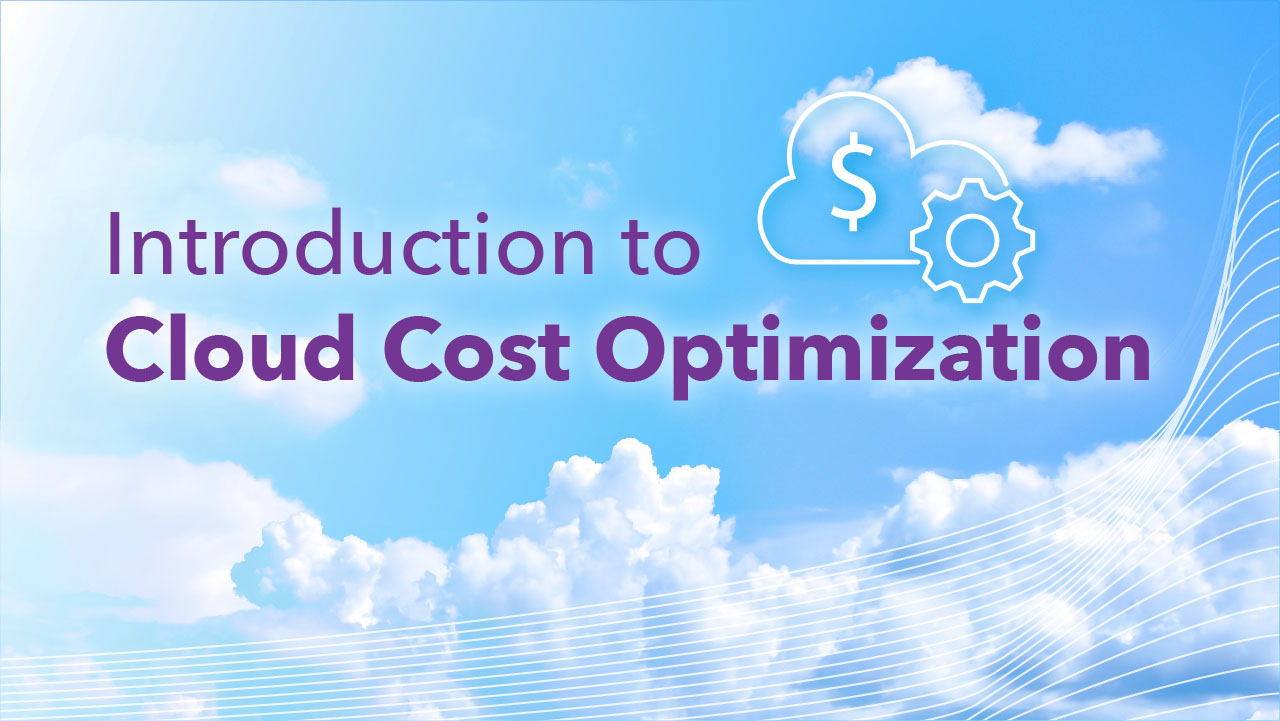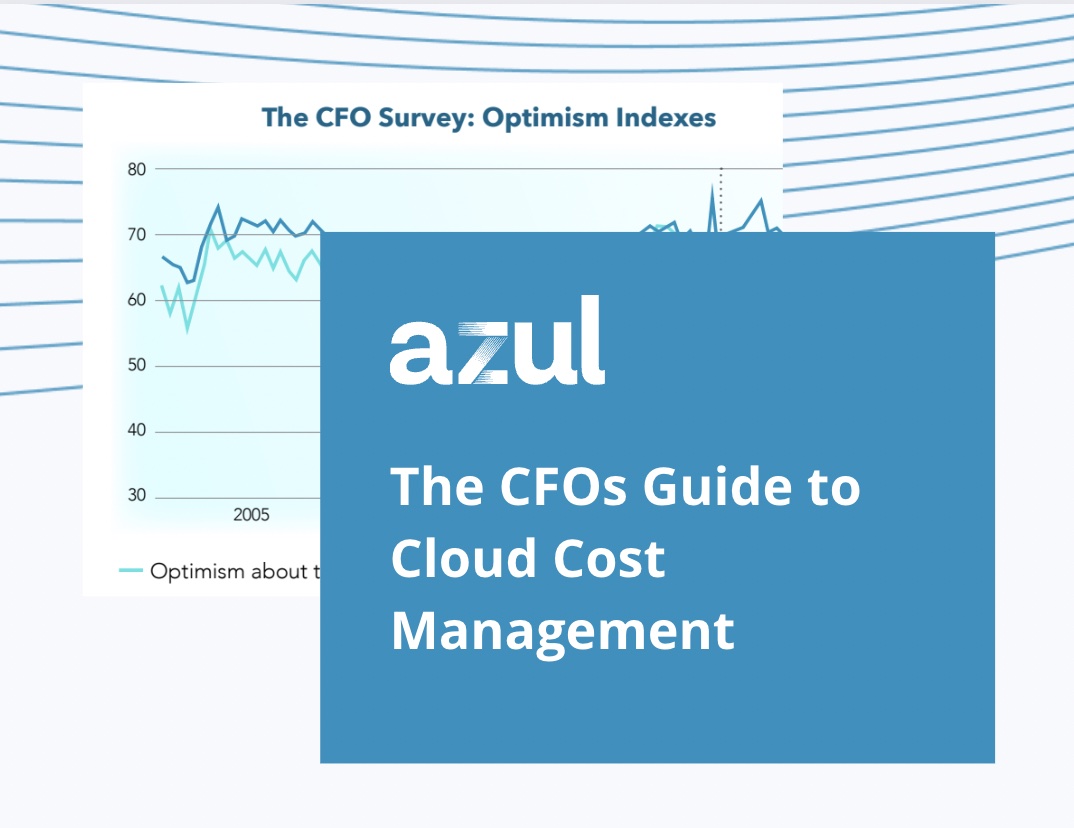What is a CFO?
A Chief Financial Officer (CFO) is responsible for overseeing the financial operations of a company, working to manage the spending, budgeting and investment decisions of their company. CFOs differ in their approaches and mindsets to financial management, resulting in varying strategies and outcomes for their companies.
What are the responsibilities of a CFO?
The CFO must make decisions about how to allocate financial resources to best achieve the company’s objectives. This involves developing a strategy that can guide the assessment of future financial decisions. The goal for the CFO is to devise a strategy that aligns with the priorities of the company and the goals they are targeting to reach.
As a part of financial operations, the CFO is responsible for managing the investment decisions that grow the company. They must consider how infrastructure growth or performance enhancements may be beneficial for the company to invest in. They must assess their investments by the growth potential, while still considering the risk of these opportunities. Risks come in many forms, including overestimating the resources needed to meet demand, not saving enough for financial downturns and not keeping enough liquid cash on hand for unanticipated purchases. It is important for CFOs to locate investment opportunities that can offer large returns with mitigated risk levels.
In many organizations, the IT department, including the CIO, reports to the CFO.
How has the role of CFOs changed with the introduction of the cloud?
The cloud has changed the role of CFOs by affecting the budgeting and cost allocation for IT infrastructure, moving it from a pure capital model to operating expenses. This has a reporting benefit for the CFO and allows them to contain costs to fit demand.
The cloud has become a major undertaking for CFOs, as managing cloud costs has become a critical component to their responsibilities. Without proper management, cloud costs can detrimentally impact the growth of companies. Companies are compelled to use the cloud for its agility, scale, and resiliency. But those who fail to control cloud costs experience significant margin pressure, which by some estimates weighs down more than a trillion dollars in market cap. Many companies have misconceptions about the cloud and may incorrectly sacrifice its benefits because of the perceived costs, but Azul helps customers remove the false choice between performance and cost optimization.
What approaches can CFOs take for cloud management?
CFOs can approach cloud management with different outlooks, affecting the value they are able to derive from cloud investments. These two outlooks are categorized as transaction-oriented CFOs and business transformation-oriented CFOs. The CFO’s mindset influences the company’s attitudes towards the cloud, in turn affecting the value they can extract from it, which is why these mindsets are crucial to understand.
Transaction-oriented CFOs direct their strategies with the goal of cost optimization attainment. This means they often strive to create value by evaluating the already available opportunities to reduce costs in their cloud architectures. This includes renegotiating contracts and rearranging the cloud infrastructures. Traditionally, FinOps leaders are responsible for cloud management in cost optimization-oriented settings. Cost optimization strategies only address one piece of the broader value provided by cloud investments. This model often takes a procurement-driven approach to cloud costs and vendor selection, which is why it appeals to traditional, transaction-oriented CFOs.
This transaction-oriented outlook of some CFOs fails to identify opportunities to enhance the overall performance and excellence of their systems. This contrasts the perspective of business transformation-oriented CFOs, who notably prioritize value optimization over cost optimization. Value optimization is executed when investments grow the efficiency, productivity, and performance of a system, allowing it to achieve excellence. Transformation-oriented CFOs are not confined to the opportunities that are already front of them. Instead, they work to create new opportunities for growth and improvement. They understand that sometimes spending more in absolute terms allows for greater returns to be realized and for exponentially more growth opportunity. This approach includes CFOs and other FinOps leaders, but also can incorporate team members from IT, engineering, or other cloud operations specialists.
While the CFO may be in charge of finances, the entire company is affected by how the finances are managed. The attitudes held by the CFO ripple throughout the company, which is why establishing a company culture around the business transformation-oriented mindset can have such far reaching effects. When the culture across an entire company shifts towards prioritizing value optimization, the organization can maximize value creation and ensure expertise in all aspects.
How can Azul help business transformation-oriented CFOs?
By working with CFOs and other transformation-oriented leaders, Azul helps customers reach freedom from overwhelming cloud costs and realize new opportunities for business excellence. Azul Platform Prime works to improve the performance of revenue-generating applications while reducing infrastructure costs by up to 50 percent. It is simple: faster code = less computing = a smaller cloud bill. We believe this is an underutilized approach for optimizing cloud costs, but it is one we have done successfully for many customers. Azul’s products allow organizations to mature, experiencing heightened levels of success and newly realized opportunities; this process can be kickstarted by transformation-oriented leaders who are driven to grow the success of their companies.
Azul Platform Prime
A truly superior Java platform that can cut your infrastructure costs in half.




